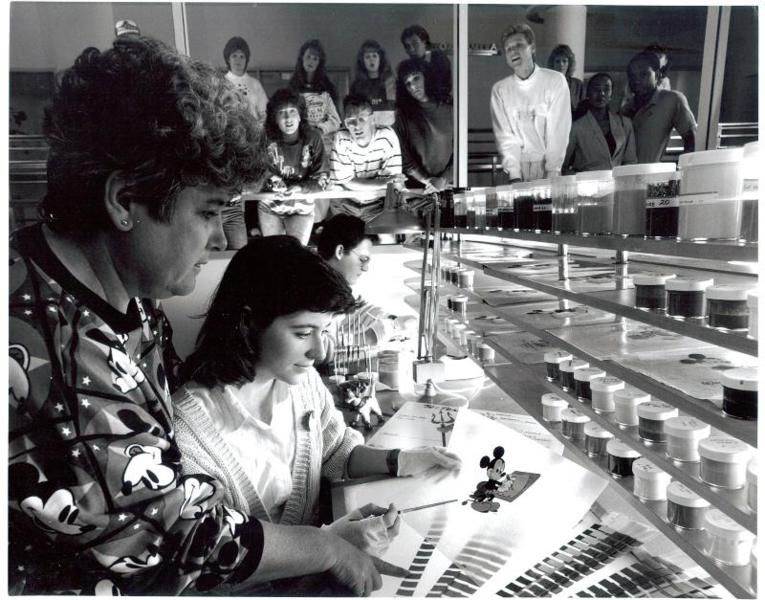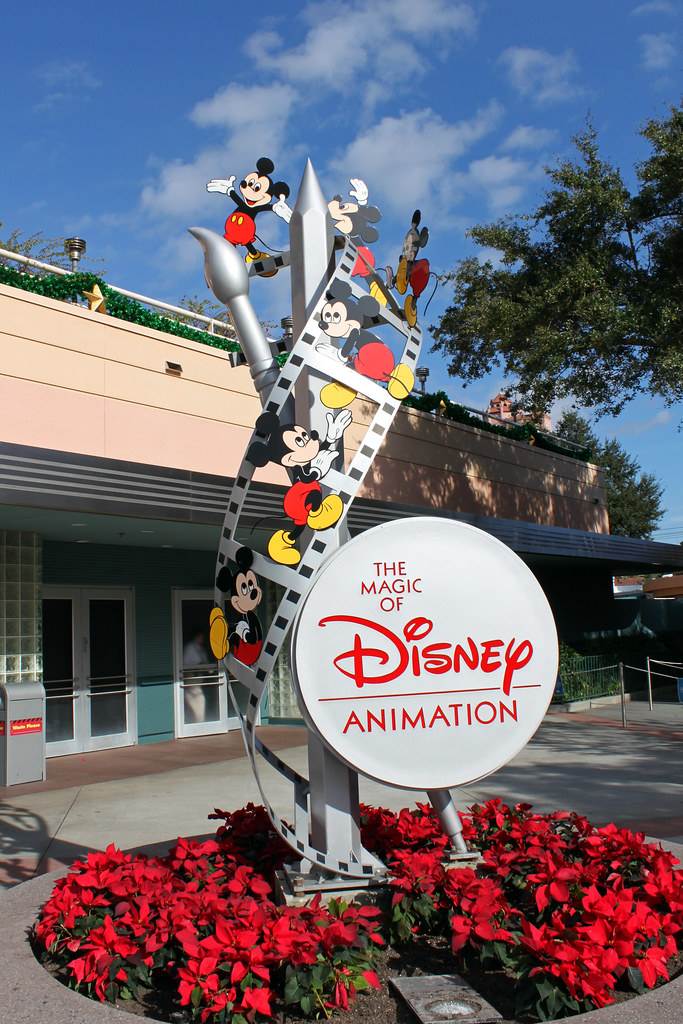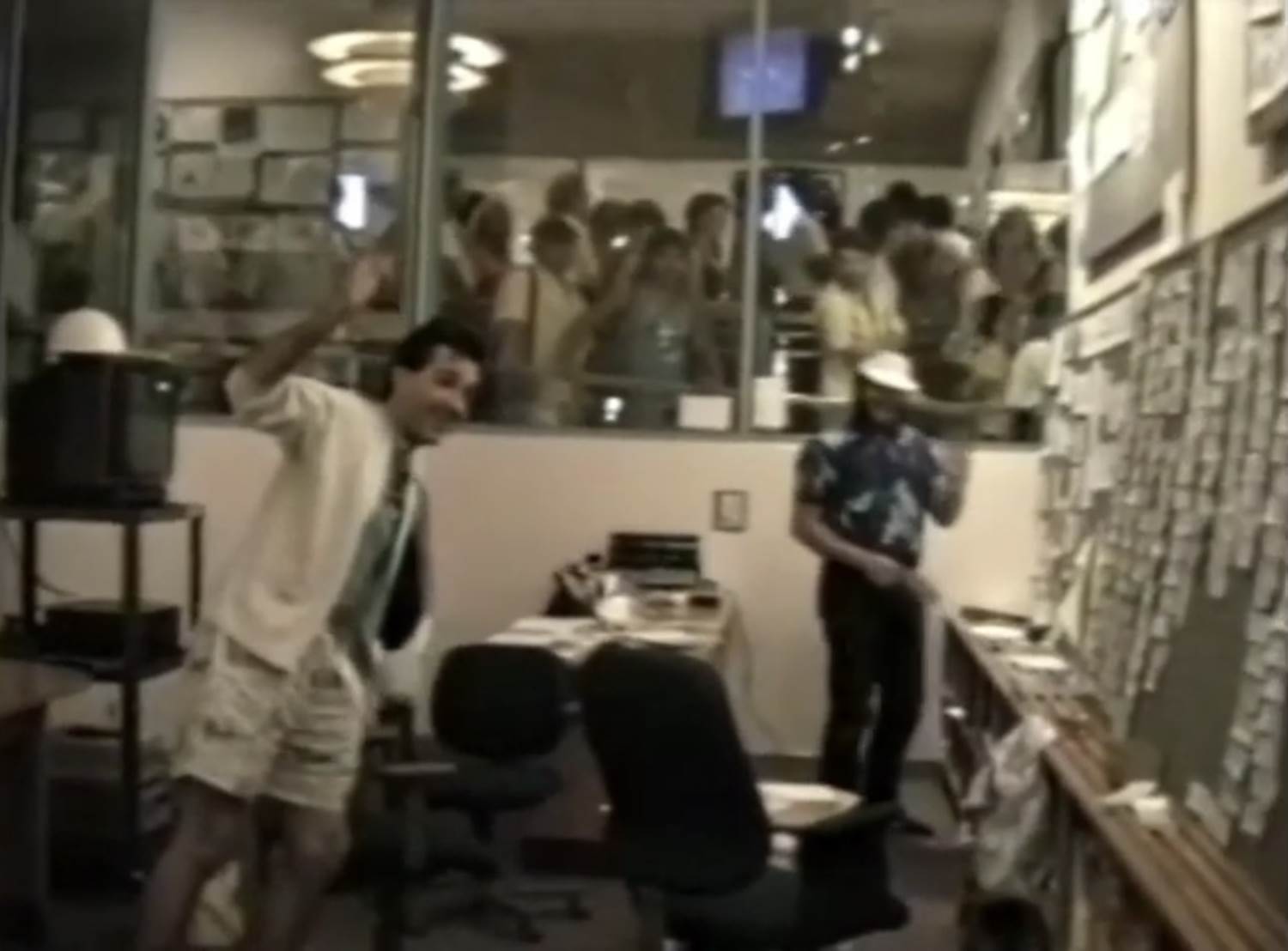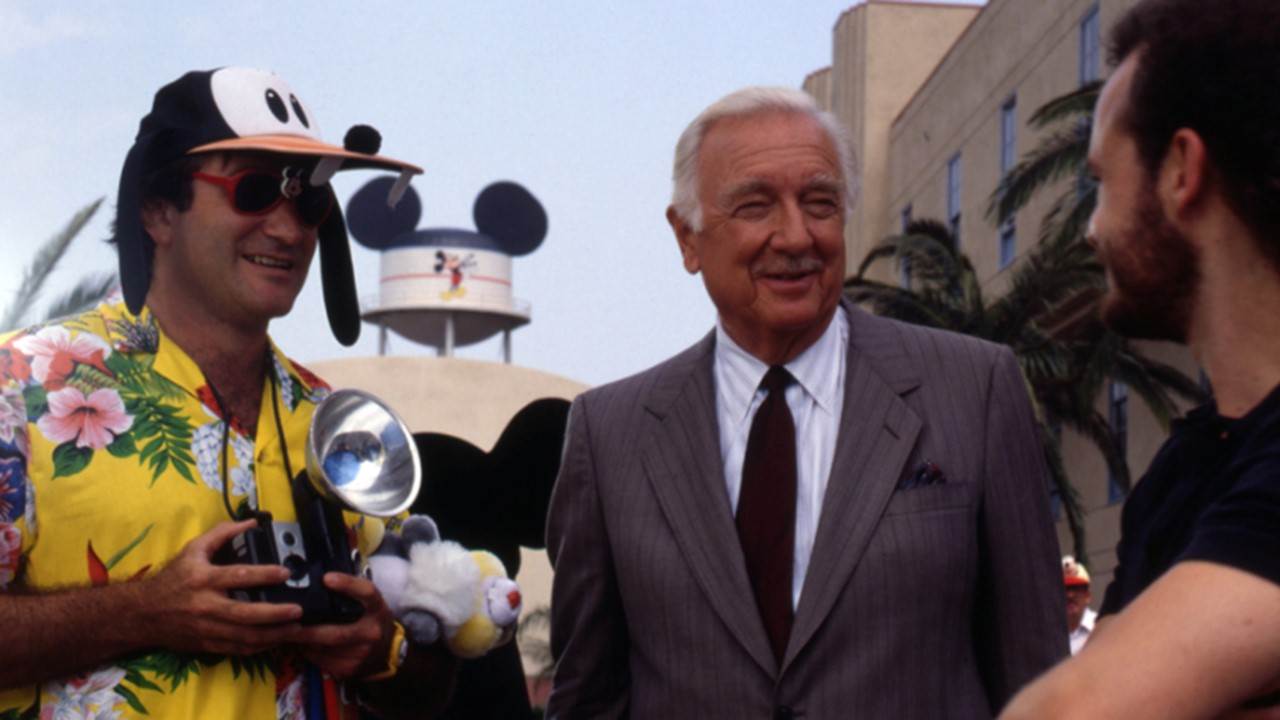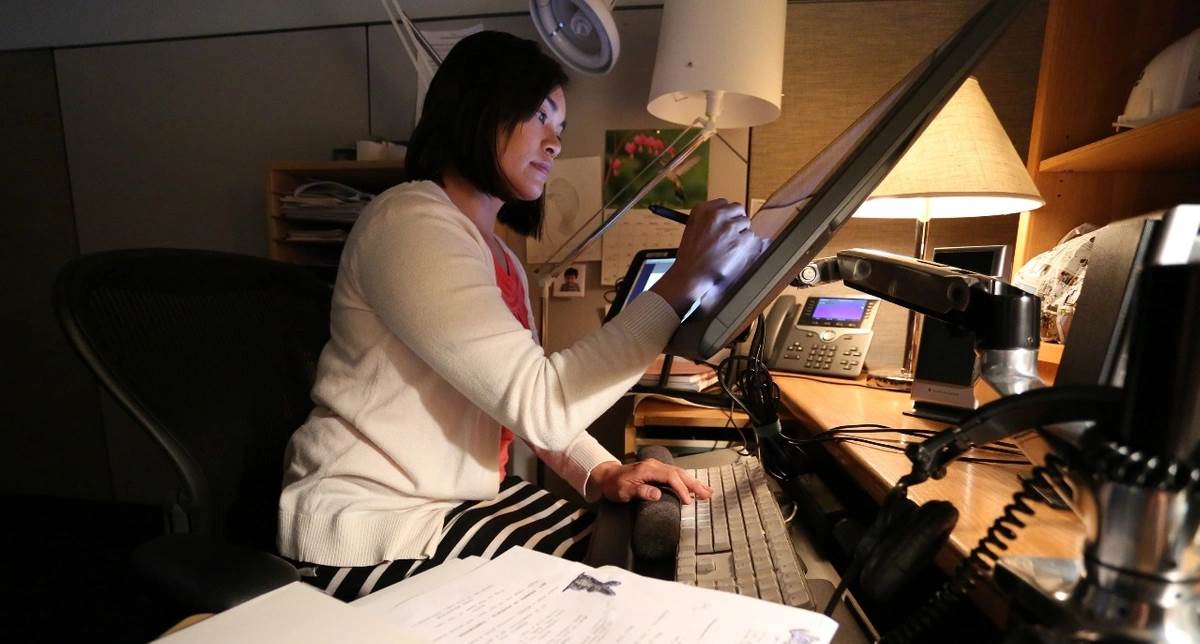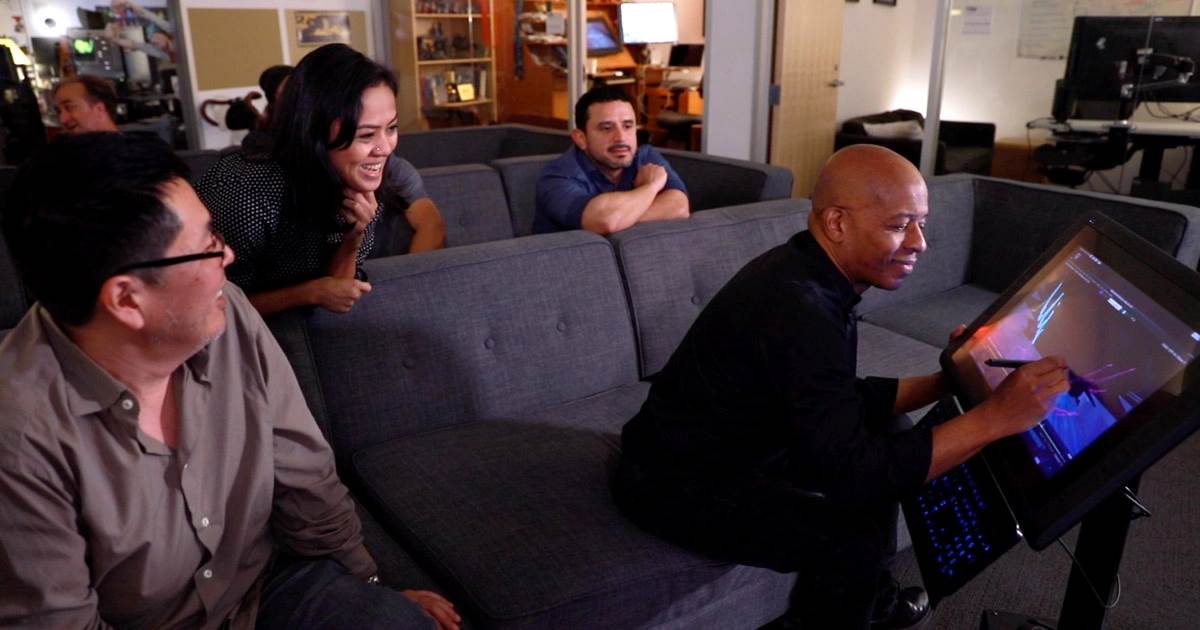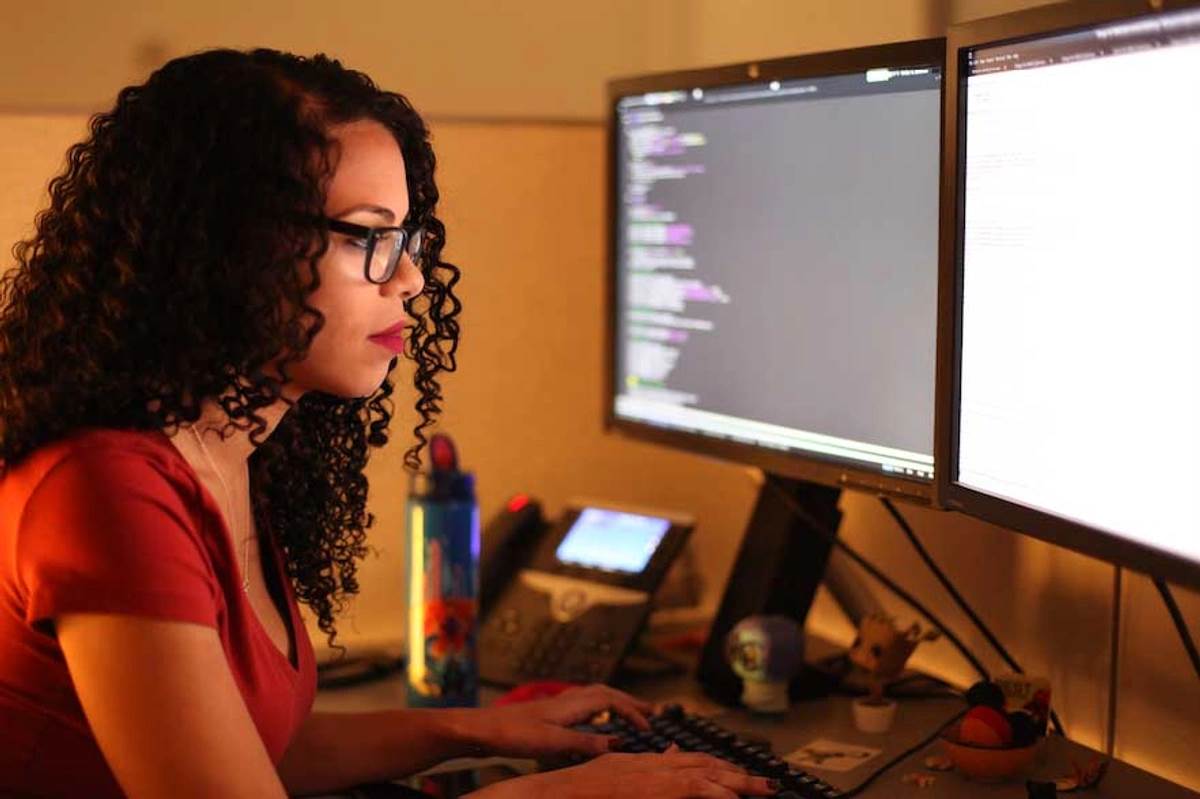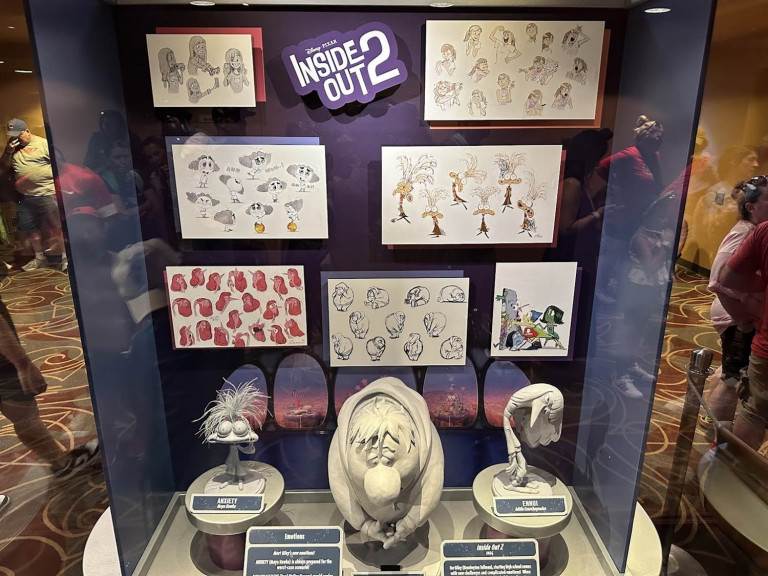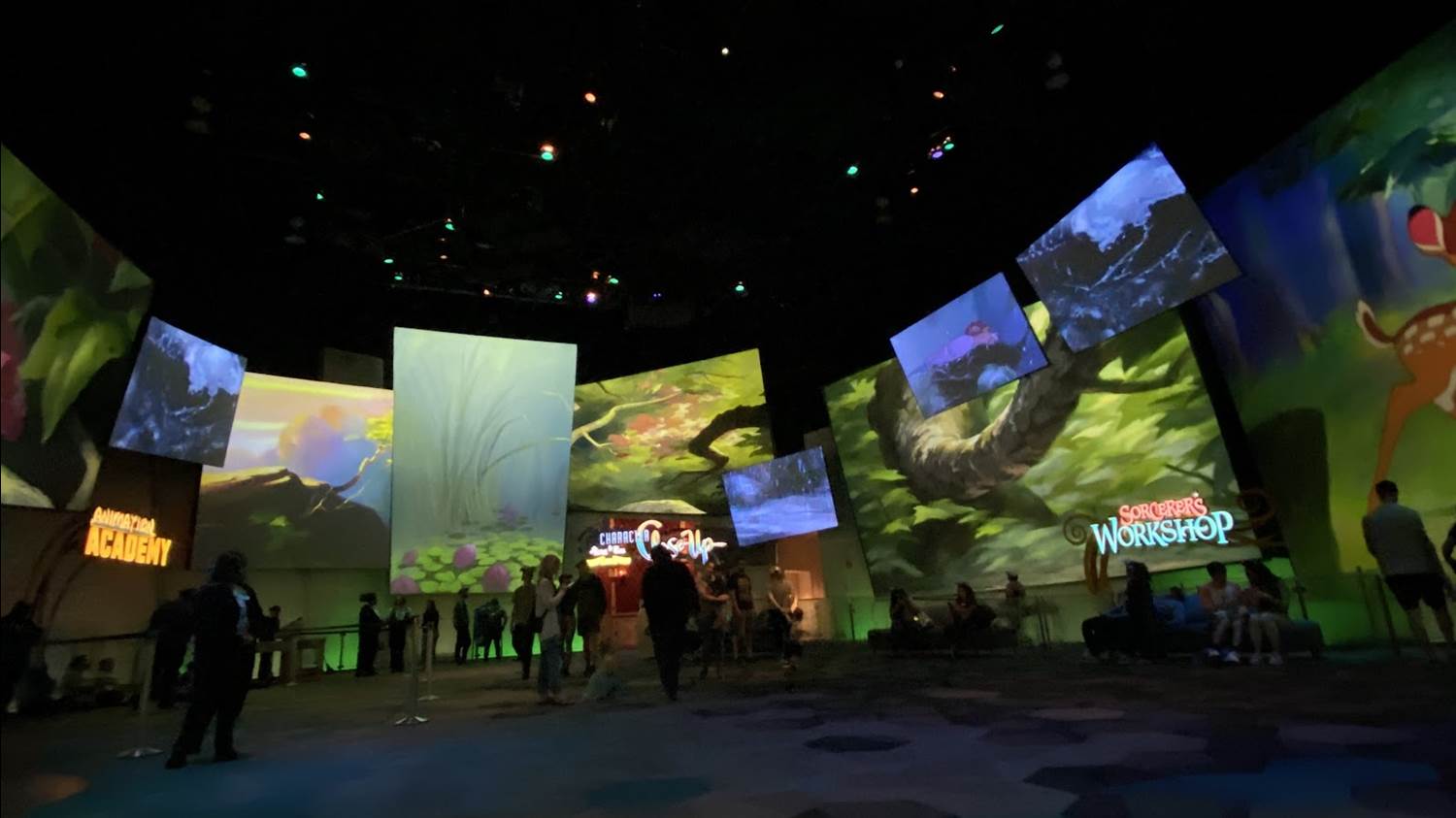Would “The Magic Of Disney Animation” Studio Tour Work Today?
Last night, I found myself wanting to get out of the house and decided to opt to get some steps in with a walk. Living in Central Florida near the parks of Walt Disney World affords me the opportunity to enjoy walks around the park when I want, and last night I found myself inexplicably drawn to a walk around Disney’s Hollywood Studios.
As I usually do, I went over to a corner of the park that usually feels dead (especially later in the day as the park draws nearer to closing) just to get a glimpse of the former Disney Feature Animation Florida Studio. Now occupied by the Star Wars: Launch Bay, I rarely ever go into the building. Not because I have particular distaste for Star Wars content due to oversaturation, or because, frankly, the Launch Bay (a glorified character meet & greet disguised as a Star Wars exhibit) has nothing to do and has not been updated in almost as many years as it has been open, but because I remember the hallways and areas more for what it once was than it is now.
When the park first opened, then known as the Disney-MGM Studios, this building was a functioning animation studio. Largely working on short films and support for the main studio in Burbank, this studio offered the chance for guests to literally peek over the shoulders of animators and artists who were hard at work on the next feature. And, with the leadership of the studio at the time - Michael Eisner, Jeffrey Katzenberg, Roy E. Disney, Frank Wells, and others - jointly announcing in the mid-80’s that the plan was to release an animated feature every year, this studio (by the time it opened in 1989) would always be working on something.
While the tour was largely a celebration of the art of animation, which at that time was still largely hand-drawn and crafted with little influence from computers, the true highlight were the portions of the tour that found guests wandering through glass hallways looking on to the desks of actual animators, or peering into story rooms where storyboards for upcoming films were displayed, or being worked on with scenes being adjusted or rewritten.
It’s a fond memory for me, though I only got to experience it in this way a few times, as I grew up on the west coast and Walt Disney World was rarely on the vacation schedule when Disneyland was far more accessible. By the time I had arrived in Florida to live, the actual studio portion of what was called “The Magic of Disney Animation" had since been closed, and transformed into an interactive exhibit featuring many of the experiences from the Disney Animation building at Disney California Adventure lifted and brought to fill the space in Florida.
Cut to last night, when I found myself back in this corner of the park again and looking up at this relatively deserted location (especially since 50 yards in a different direction there was an onslaught of humanity pouring into the new-ish Toy Story Land or towards Sunset Boulevard and Fantasmic! Then I realized how strange it was that I found myself in this corner of the park on this night, as I suddenly remembered that October 28th is International Animation Day.
Feeling a bit bittersweet, having realized that through various circumstances in my career I have found myself connected to this building in strange ways, none of which what my younger self might have thought or dreamed. Then that aforementioned resentment towards the Star Wars Launch Bay kicked in again, considering that this building is adorned with a giant marquee for that in lieu of Sorcerer Mickey and that familiar typeface that has become an animation studio staple. I must note that was not the original entrance for The Magic of Disney Animation, which also had a smaller marquee featuring an Artist’s Palette and paintbrushes and pencils in a planter box nearby, with guests entering what would later become (and still is, though usually closed) a gift shop.
I continued my walk around the park and kept thinking, with as much as I miss that attraction there’s absolutely no way that it would still be there as it was today. If it were, I would be there everyday at some point just to watch what is being worked on and what’s going on. That’s when I came to realize, I wouldn’t be the only one. In fact, with the pervasiveness of blogs, social media, and the like, someone (myself included) would likely start a channel or site devoted to what was being worked on in the studio. Sure, they can say no video or photography all they want, and we all know they did say that - but take a quick look on YouTube or Google today, and you’ll find plenty of videos and images proving that people are going to do it anyway. Phones just poking out of a pocket, tiny cameras, Meta glasses, someone, someway would always get their shot.
Now, with Disney not being the only name on the block in the world of animation studios (not even one of a handful like they once were), this would be the go-to place to see whatever was being worked on, even if not announced. I have heard tales from folks who saw animation for what they would later see again in Beauty and the Beast, Aladdin, and The Lion King, some even describing scenes that weren’t in the final film. Not as famously, the whole of Cranium Command’s Pre-Show (A defunct EPCOT attraction) was boarded and animated almost entirely in guest view (pictured above) at the studio, between the Studio’s public opening in May of 1989 and the EPCOT attraction’s debut in October of that same year.
That said, I must acknowledge that early on and at the height of what was known as the Disney Renaissance, the Florida Animation studio expanded greatly, and many of the artists were in a large new building behind the area the guests can access. Note: If you’re at Disney’s Hollywood Studios, peak to the left of the bathrooms right outside of the Star Wars Launch Bay, you can see an old tram loading location as well as this later-added studio building. Don’t go too far though, that’s Cast Members only.
As the years went on, projects were still being worked on in view of the public, but largely what was already known or wrapping up production. Three films were fully made in the Florida studio - Mulan, Lilo & Stitch, and Brother Bear, while also supporting projects out of the main Burbank studio. Disney started to control what guests could see, more than ever. Story rooms now showed boards for what was about to arrive in theaters, and were largely staged. Everything else was in the new studio, out back and out of guest view. In fact, very early on the studio had a CAPS machine - the Computer Animation Post-Production system that changed the face of the animation - but hid it out of guest view so as not to ruin the illusion that everything was hand done. This too would later change, and the tour itself (with a narration by Walter Kronkite, Robin Williams, and a film called Back to Neverland) was altered to mention the computer system, and how artists would use it.
And, speaking of computers - nowadays, most animation work isn’t anywhere as kinetically appealing as watching an artist take a pencil to paper and draw each individual frame. Hand drawn animation at Disney, bluntly, is all but gone. There are only a few hand-drawn artists under their employ. Most animators at Walt Disney Animation Studios now use 3D models on a computer, and those few who do hand-drawn do it digitally. So, if the public would look over their shoulder they’d see someone sitting (or standing) at a desk, clicking around and would look no different than staring over a bank of cubicles at an office. Plus, with these artists staring directly at screens for most of their day, many of them opt to work in the dark, with their devices set to dark mode. So not only that, we’d see a lot of bad lighting as the guests look down into them from above.
Let’s be honest here - Disney would also make sure each of those artists has side view blockers on their computers, where nothing can be seen unless you’re the artist staring straight at the screen. Sure, you might then go into a room where an artist joins you to sketch out a character (as was done with the original tour), but we all know that the animator today would, let’s say, “quickly animate" a scene (yes, I’m implying this was done ahead of time), and then show it to the crowd. Spoiler alert: It would be from the film set to arrive in theaters (or Disney+) in the coming weeks, or would be the most recent film. I can hear the artist now - “And the scene is done! That’s Gleep Glorp from Disney’s XMOV. Let’s meet him and all his new friends in this clip just for you guys, before the movie comes out this Thanksmorial Day Weekend!"
This is all regarding visual appeal of the craft as it is today as well. If you allowed tens of thousands of people into a working studio today, you would get those people (again, myself included) who would closely track everything going on in view. Sneaking pictures or videos, probably posting them online for all to see, and ruining stories and scenes for upcoming films that haven’t come close to release. With the right angles, depending on how much work is done in public view, with the ease of filmmaking software today, someone could even put together a rough cut of an entire film and have it out there well in advance of an official debut. Walt Disney Animation Studios and Disney-owned Pixar Animation Studios also keep their cards close to their chest with their films. Now, the productions are well underway by the time they are even announced (with some exceptions). Usually, one or a few pieces of concept or character art is released, with plot details, character information, and more closely guarded until shortly before the release. Put the public with a view into a story room now, especially thanks to much clearer camera quality, fans would be scouring for whatever they could find and would likely share with the world. At special events and press previews, sometimes Disney asks to lock up one's phone ahead of entering a theater. Could you imagine this being done as tens of thousands of guests pass through each day?
So, as much as it pains me to say… no. The Magic of Disney Animation, as the attraction that it once was, would not work today. It would end up looking like a glorified version of what sits at the end of the Walt Disney Presents attraction neighboring the former studio today. There, if the next big movie is animated, guests might find a few displays of art and maquettes from the next film before being ushered into a theater to watch a “sneak peek"/extended trailer for the movie.
That’s not to say that there is no place for a celebration of the artform that the Walt Disney Company was built upon. Disney’s California Adventure’s Animation building is a great example. Though individual components have disappeared or been changed (Ursula’s Grotto was removed to make way for Anna and Elsa’s meet & greet, Beast’s Library was closed for space for Disney’s Imagination Academy), the spirit of the building has largely been the same. They even took out the film, Drawn to Animation, wherein “an artist" would interact with Mushu to explain character design, and replaced it with the increasingly popular Animation Academy. The experience formerly featured a handful of characters that guests would learn to draw, but has now become so popular that an expanded number of characters are taught, and necessitate their own schedule outside the theater that shows when the lessons are and how difficult they might be. All of these exhibits and experiences are accessed through a massive lobby that features the art and clips from Walt Disney Animation Studios and Pixar Animation Studios films on a rotating musical loop.
So a middle ground can be found. But as for that old studio/the Star Wars Launch Bay, we may not need to worry about that much longer anyway. The park has announced a new Monstropolis land, bringing the world of Pixar’s Monsters, Inc. to life. However, they did not say where it was going, though one piece of concept art has Disney Parks fans looking squarely at Animation Courtyard and the area surrounding the former studio.
While we don’t know what will happen with the former studio building, one thing is for sure. We won’t be seeing a working animation studio, and in 2024’s state of animation, I don’t think we should.





